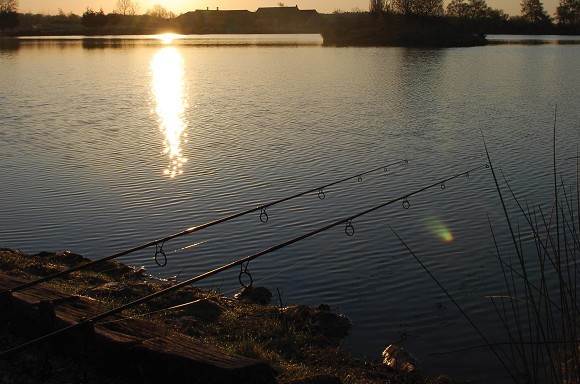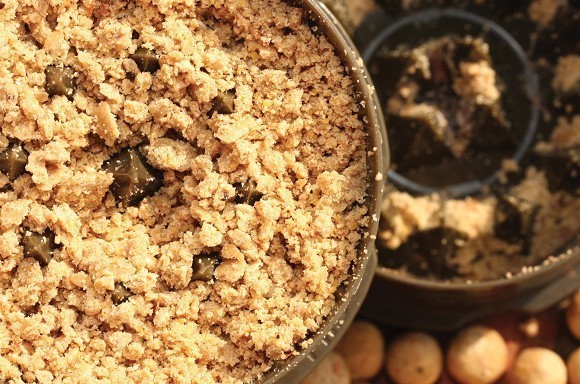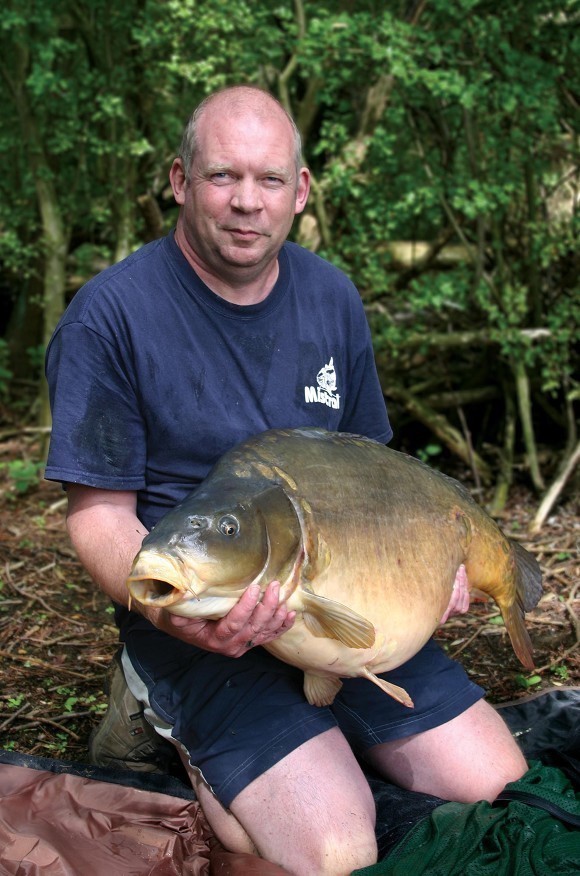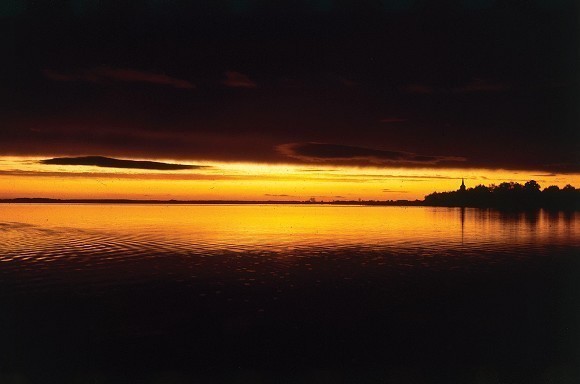
How much bait should you take when fishing abroad?
Early overseas pioneer and bait company owner, Allan Parbery gives his thoughts on bait quantities when it comes to visiting a variety of overseas venues
Dear Allan,
I’m off to France with a few friends next month and it’s difficult to decide how many boilies to take for this trip, so could you not only give me some guidelines, but also advice on shelf-lifes over freezer and any edges to make my food that much more appealing than my mate’s next-door? Jamie, (Bristol)
Hi Jamie,
I really should be telling you to sell your house and use all the money you get to buy boilies, but I won’t. Your choice of venue is really the key here. I will give four scenarios and hopefully your choice of venue will fit somewhere amongst these.
1. Small (up to 25-acres) privately owned carp water
This type of water is generally overstocked so anglers, even with limited abilities, can catch plenty of fish. Lots of people will be putting in lots of different baits and your swim may well have been fished constantly for the previous eight or 10 weeks. There could be a lot of bait out there already so my suggestion would be to keep bait going in at a minimum especially for the first two or three days; the smaller the water the less bait.
Increase this after a few days, or if you are catching quickly, but basically treat it as your local lake with a few extra fish in it. Would you use a kilo of bait during a weekend session? Maybe, maybe not. A 5kg bag may well do for a week but take a bit extra just in case you get the fish trapped in front of you. Boilie chops would be a fantastic loose feed here.

Try crushing and chopping up your baits
2. Larger privately owned carp water
Again, people may have been fishing your swim for weeks but in general, these waters will have lots of smaller fish such as tench and bream that may hoover up last weeks softened baits quite quickly.
More bait will be needed here. I would start by throwing in two- to three-kilos or so in my swim. There would be no pattern; it would just be random baiting from the margins to the horizon if needed. The idea of this random baiting is that hopefully carp will enter the swim and find a few morsels here and there, hoping they will find enough to make them interested in finding more. Often fish in the larger lakes are more nomadic so you may well get quite a few swimming in front of you over the course of your stay. They could easily miss a small baited area but they won’t miss random baiting.
When it gets down to baiting up an area you want to fish in, I would still make this a wide area, hopefully along a patrol route that you may be able to find. If you can’t find one, a ‘baiting triangle’ works very well in this instance. Take a point in front of your middle rod and bait an area along a line at 60-degrees or so to your left and 60-degrees or so to the right. This will make an equilateral triangle when you join up the two extremities with baits. The idea is that fish that come from the left, right or middle of the lake will find this line of bait. You will have laid your traps somewhere along the two 60-degree lines and the far line.
How much bait you would want to take is personal but why would you scrimp and save on something so important to the success you want after spending the money on tickets and transport? I wouldn’t consider going with less than 10kgs of boilies for a lake such as this; fifteen would be my option in this case.
One thing to mention is that a lot of anglers will put their faith in particles and pellets as loose feed on these privately owned lakes. Everybody does it so that is one reason why I wouldn’t, especially on all rods. Just keep to boilies in at least one area.
3. Large publicly owned water
You will already have made some enquiries on what the carp stocks may be like and just about every bit of blue on a French map has got big carp in it. How many carp are we going to come across? Awkward question, isn’t it?
I have had much experience on this type of water, lakes such as Cassien, Chantecoq and many others too. You can get away with using particles as a bed of feed in these lakes if you have a boat to bait up from but you will need a fair few boilies too.
If we take Cassien or similar mountainous lakes you often find fish being more solitary in their existence, rarely do you get two fish within minutes or even hours of each other. Again, a wide area of loose baits is preferable unless you find an obvious area with a depth finder or marker float. These areas do exist in most swims so it is worth the effort to find them. Your bait bill will be halved instantly if you are putting it all in the right place.

Allan with a brute from a large, publicly owned water
Lakes like Chantecoq have little in common with mountainous lakes. These are generally man-made with dragline and giant earthmovers. They have gently sloping banks and gradual depths with the deepest water generally being at the dam. There are often no features other than depth in these waters so a pattern will have to be made – my choice would either be the triangle mentioned earlier or a right angle, an upside down L pattern. I generally search for 10 to 15ft depth so try one line from a few feet out to say an area where the depth reaches 20ft and the other line from that point to straight out in front of you. Put two or three rods on the ‘vertical’ line at say 7ft depth, 10 to 11ft and then 13 to 15ft. Cast the remaining rod to the horizontal line. When you start catching you may have to bring the horizontal line to a point closer in you if you are being successful at a different depth.

Sunrise over the world famous Chantecoq
You can get through some bait in these waters – easily 20kgs of boilies and maybe 50kgs of particles. These fish can swim around in shoals and demolish a baited area in minutes. I wouldn’t consider using pellets, especially fishmeal pellets, in any publicly owned lake. They can be a complete turn off, even a repellent. I have seen it too many times for it to be a coincidence – don’t take them.
4. French rivers
Right then, go and sell your house and buy some boilies, lots of them too! Rivers hold vast shoals of carp, many of them big. French rivers are still largely untapped and some of the biggest, meanest carp that live today are to be found in them. They are eating machines. Think about it: they need to eat to get the energy to swim against the consistent current and to battle it during floods.
You need to find your spot and choose areas that you can fish – it won’t be easy fishing. You simply just fill it in with boilies and particles – not pellets. Sit back and wait. It may take an hour, a day, two days or even a week for the fish to find you. When they do, you may get three on at the same time. If you do, just sack ‘em and get the rod back out because every minute is important. Forget the photos etc. until things quieten down. These fish will just eat what you have thrown out for them, every last morsel, and then swim on to the next feeding area. You literally cannot put enough bait in here once the carp are feeding.
Summary...
I hope you can see that it all depends upon the type of water you fish. The chances are that you will be fishing the privately owned smaller water so 10kgs would be plenty for a week’s fishing in most circumstances. If you are looking at our range, I would always take some Rosehip Isotonic boilies along with another of your choice. Rosehips deter poisson chats (little bullhead catfish) and to an extent crayfish at most times of the year.
As for making your baits more attractive, let’s hope your friends have bought something the fish don’t like. Most companies sell different attractors but to be honest, angling ability, and a stroke of luck, is far more important.
As for shelf-life over freezer, we do both in some bait flavours. Do you know that the only freezer bait I use is our i40? The simple reason is it dries out in 24hrs and doesn’t go off if kept dry. Freezer baits are a complete waste of time and effort. The vast majority of people that always use them have a very blinkered approach to their fishing – freezer baits are no better than shelf-lifes if the ingredients are the same, simple as that. If anybody has any PROOF I am all ears because I have plenty of proof they are. Opinions are fine but facts are easier to work with.




